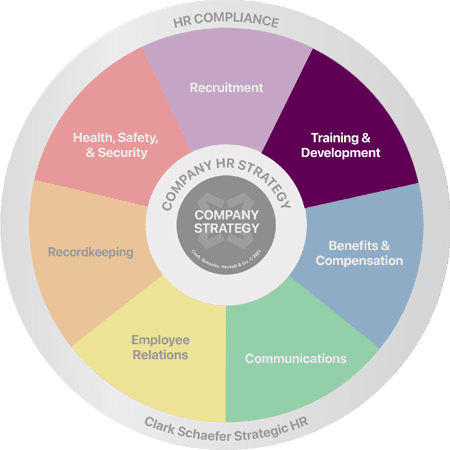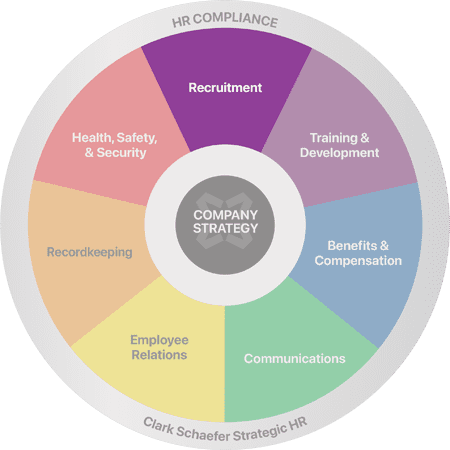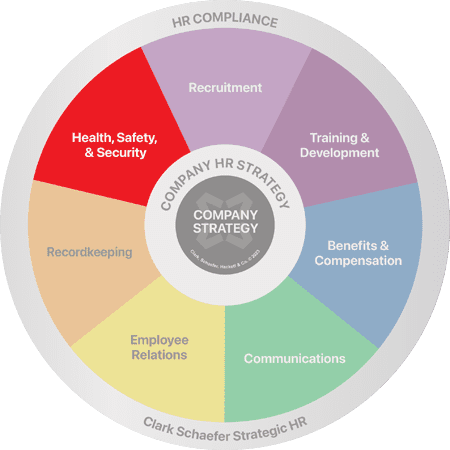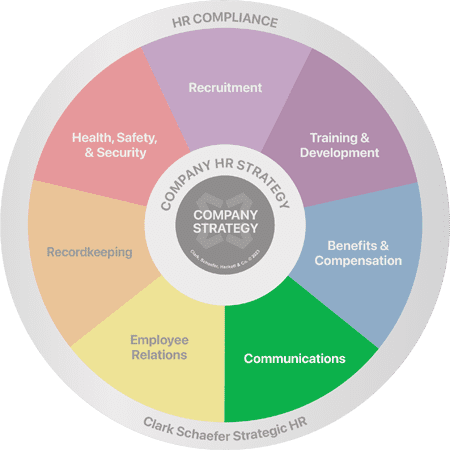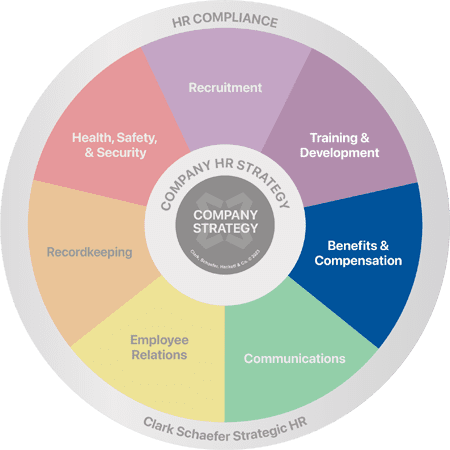Four Tips for a Successful Coaching Session
Last Updated on September 9, 2022 / Training & Development

HR Question:
I’m a new supervisor, and one of my team members has been having some performance issues on the job. It’s up to me to coach them, but this is new territory for me. How can I make sure that we both have a successful coaching session?
HR Answer:
Coaching, when delivered poorly, can be uncomfortable and result in more conflict than necessary. But effective coaching, when delivered in a thoughtful and professional way, can improve job performance as well as job satisfaction and commitment – feelings that are crucial to retaining talent in today’s market.
Coaching is important for a number of reasons including:
- It allows you to improve or correct behavior. Good and effective coaching allows you to steer employees in the right direction before they get too far off track.
- It can build positive rapport between leaders and team members. Studies show that poor leaders are one of the most common reasons employees leave an organization. Engaging with your team members, building rapport, and showing a genuine commitment to their growth, development, and overall success can go a long way in retaining your talent.
- It is a teaching opportunity. Coaching should not be approached as a punitive experience, rather it should be driven by the goal of helping employees to learn and develop skills or behaviors that result in positive outcomes. If you create a team environment that values and rewards individual growth and development, your employees are more likely to be growth-focused and open to coaching opportunities.
- Coaching one employee can help to retain many. Providing effective coaching for one employee not only helps them to improve, but it can also help your whole team. For example, if you help one employee to modify their approach or behavior that impacts others on the team, your efforts can result in better team relations and a more productive work environment overall.
Your ability to lead effective coaching sessions can be integral to the success and retention of your team, so you will want to take the right approach. Below are four tips on how to facilitate a successful coaching session.
1. Deliver Coaching One-on-One
For the best results and individual growth, coaching should be delivered one-on-one. Coaching to the individual, rather than a group, can help the employee feel respected and valued. We also recommend addressing opportunities for growth or behavior modification in a timely fashion so you can help to set the employee on a better course as soon as possible. This also allows you to strengthen individual employee engagement and morale. One-on-one conversations can give you an opportunity to get to know employees better – such as their styles of work, their goals, or what motivates them.
2. Make it a Conversation
Coaching should not be an intimidating, formal process of criticism. Rather, it can (and many times, should) be an informal process that can happen naturally in the moment. If the issue continues without improvement, then you can implement a more formal process to address it.
Successful coaching should be motivational and in the best instances, lay the foundation for a positive relationship if the feedback is delivered with concern, care, and the person’s best interests at heart. Approaching coaching as a conversation can improve relationships as it feels more collaborative and more open for discussions rather than telling and demanding.
A common mistake some supervisors and managers make in coaching is assuming that they know what the problem is. For example, what if you have a team member who has consistently been late? Rather than assuming the person is too lazy to get up on time, try sitting down together to understand the root of the issue. By having a conversation, you might find out that it’s not a matter of motivation. Instead, it’s because the first bus of the day gets them to work 5 minutes early – but only if it is running on time. Through this conversation, you can understand the root cause of the problem and then set reasonable goals together.
3. Set Attainable Goals
You might associate goal setting with formal performance reviews or other milestones throughout the year. But coaching conversations provide opportunities to set smaller, attainable goals together to show the impact that small changes can make throughout the year. During your coaching conversation, review the playing field and find small goals that could make a positive impact toward a larger, positive change. For example, as in the situation above, perhaps you could consider pushing the person’s start time back by half an hour (making allowances for the bus schedule) to increase on-time attendance for the rest of the month.
Have the conversation together, agree on the desired outcome, and once those goals are set, encourage and provide positive feedback. Don’t just “set it and forget it,” but help the team member problem solve and adjust if necessary.
4. Celebrate!
Review the progress regularly and CELEBRATE. Progress made toward goals often goes uncelebrated and unrecognized. Bringing positive attention toward positive steps forward can encourage and motivate team members.
Coaching takes time and effort. While it would be easier to just let things slide – immediately recognizing and addressing a coaching moment can make a positive impact on an individual and a team’s overall performance.
Thanks to Cecilia Vocke, MS, SHRM-SCP, SPHR for contributing to this edition of our HR Question of the Week.
Are you looking for a retention method that will also bolster your productivity levels and bottom line? Let Clark Schaefer Strategic HR help create and implement your ideal retention strategy via training and development. Visit our Training and Development page to learn how we can help you implement a successful training session.

